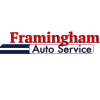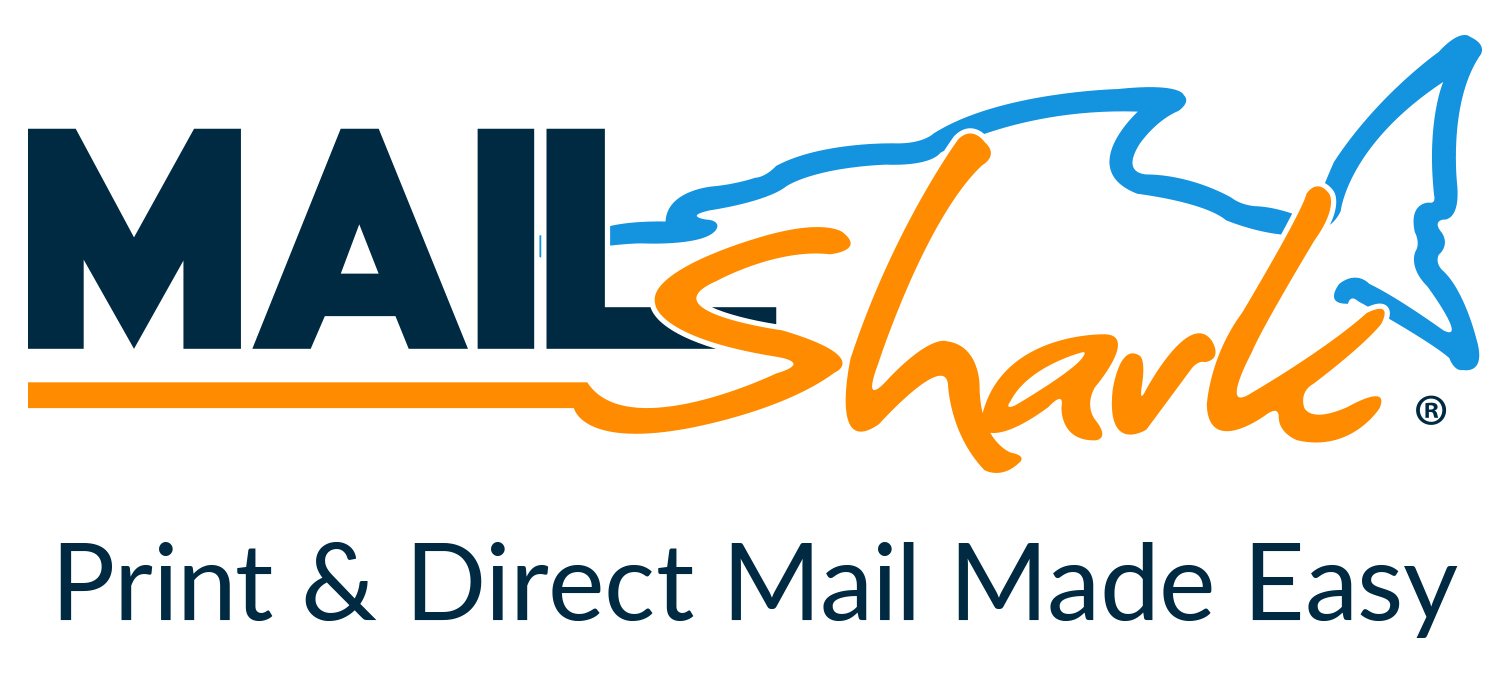Gross Profit
-
Have you checked out Joe's Latest Blog?
-
By Joe Marconi in Joe's Blog5 commentsI recently spoke with a friend of mine who owns a large general repair shop in the Midwest. His father founded the business in 1975. He was telling me that although he’s busy, he’s also very frustrated. When I probed him more about his frustrations, he said that it’s hard to find qualified technicians. My friend employs four technicians and is looking to hire two more. I then asked him, “How long does a technician last working for you.” He looked puzzled and replied, “I never really thought about that, but I can tell that except for one tech, most technicians don’t last working for me longer than a few years.”
Judging from personal experience as a shop owner and from what I know about the auto repair industry, I can tell you that other than a few exceptions, the turnover rate for technicians in our industry is too high. This makes me think, do we have a technician shortage or a retention problem? Have we done the best we can over the decades to provide great pay plans, benefits packages, great work environments, and the right culture to ensure that the techs we have stay with us?
Finding and hiring qualified automotive technicians is not a new phenomenon. This problem has been around for as long as I can remember. While we do need to attract people to our industry and provide the necessary training and mentorship, we also need to focus on retention. Having a revolving door and needing to hire techs every few years or so costs your company money. Big money! And that revolving door may be a sign of an even bigger issue: poor leadership, and poor employee management skills.
Here’s one more thing to consider, for the most part, technicians don’t leave one job to start a new career, they leave one shop as a technician to become a technician at another shop. The reasons why they leave can be debated, but there is one fact that we cannot deny, people don’t quit the company they work for, they usually leave because of the boss or manager they work for.
Put yourselves in the shoes of your employees. Do you have a workplace that communicates, “We appreciate you and want you to stay!”
-
-
Similar Topics
-
By carmcapriotto
Thanks to our partners, NAPA TRACS and Promotive
Did you know that NAPA TRACS has onsite training plus six days a week support?
It all starts when a local representative meets with you to learn about your business and how you run it. After all, it's your shop, so it's your choice.
Let us prove to you that Tracs is the single best shop management system in the business. Find NAPA TRACS on the Web at NAPATRACS.com
It’s time to hire a superstar for your business; what a grind you have in front of you. Great news, you don’t have to go it alone. Introducing Promotive, a full-service staffing solution for your shop. Promotive has over 40 years of recruiting and automotive experience. If you need qualified technicians and service advisors and want to offload the heavy lifting, visit www.gopromotive.com.
Paar Melis and Associates – Accountants Specializing in Automotive Repair
Visit us Online: www.paarmelis.com
Email Hunt: [email protected]
Get a copy of my Book: Download Here
Aftermarket Radio Network
Click to go to the Podcast on Remarkable Results Radio
-
By Changing The Industry
Episode 156 - David Macholz on Rethinking Technician Certification and Training
-
By carmcapriotto
Thanks to our Partner, NAPA Auto Care Greg Buckley discusses the importance of using analytics and performance metrics in the automotive industry. He draws parallels between managing a sports team and running an auto repair shop, emphasizing the need for owners to understand their team's strengths and weaknesses. Greg explores the idea of incentivizing performance and accountability, similar to professional athletes. Greg shares his experience with nurturing technicians and the concept of having a "farm team" to develop skills. The conversation also touches on the need for better career pathing, training, and compensation methods to retain talent and improve the industry's professionalism. Greg Buckley, owner of Buckley’s Auto Care in Wilmington, and Millsboro DE. Greg’s previous episodes HERE. Show Notes
Introduction to the concept of scorecards (00:02:07) Greg introduces the concept of using scorecards and analytics to measure technician performance. Technician performance metrics (00:03:03) Discussion about technicians having access to their performance data and using it for career decisions. Contract-based employment (00:04:18) Exploring the idea of creating contracts and incentives based on performance metrics. Redefining technician compensation (00:05:20) Discussing the concept of incentives and redefining technician compensation based on performance. Building a career path (00:06:20) Exploring the idea of building a career path for technicians based on performance metrics. The role of analytics in decision-making (00:09:56) Drawing parallels between sports analytics and using analytics in the automotive industry. Training and certifications (00:11:58) Discussion about using shop management systems to track technician performance and productivity. Redefining technician levels (00:15:55) Proposing the idea of redefining technician levels and career pathing within the industry. Baseball analogies (00:16:38) Using baseball analogies to explain the concept of developing technicians through different levels. Understanding team strengths and weaknesses (00:18:16) Exploring the concept of knowing individual strengths and weaknesses to improve performance and success. Grooming technicians and creating career paths (00:19:09) The importance of grooming technicians and creating a career path for their growth and development. Enhancing compensation methods (00:25:05) Exploring the need for different methods of compensation to foster team growth and development. Agreement and rewards system (00:25:58) Discussing the concept of creating agreements and rewards systems based on performance metrics for technicians. Reflecting on baseball and strategic thinking (00:26:52) Reflecting on the strategic thinking involved in baseball and its relevance to business concepts.
Thanks to our Partner, NAPA Auto Care Learn more about NAPA Auto Care and the benefits of being part of the NAPA family by visiting https://www.napaonline.com/en/auto-care Connect with the Podcast: -Follow on Facebook: https://www.facebook.com/RemarkableResultsRadioPodcast/ -Join Our Private Facebook Community: https://www.facebook.com/groups/1734687266778976 -Subscribe on YouTube: https://www.youtube.com/carmcapriotto -Follow on LinkedIn: https://www.linkedin.com/in/carmcapriotto/ -Follow on Instagram: https://www.instagram.com/remarkableresultsradiopodcast/ -Follow on Twitter: https://twitter.com/RResultsBiz -Visit the Website: https://remarkableresults.biz/ -Join our Insider List: https://remarkableresults.biz/insider -All books mentioned on our podcasts: https://remarkableresults.biz/books -Our Classroom page for personal or team learning: https://remarkableresults.biz/classroom -Buy Me a Coffee: https://www.buymeacoffee.com/carm -The Aftermarket Radio Network: https://aftermarketradionetwork.com -Special episode collections: https://remarkableresults.biz/collections
Click to go to the Podcast on Remarkable Results Radio

-
By Transmission Repair
Premium Member Content
This content is hidden to guests, one of the benefits of a paid membership. Please login or register to view this content.
-
-
-
Our Sponsors


.thumb.jpg.2b345efc275b9df0af2bbb306a10a78a.jpg)













Recommended Posts
Create an account or sign in to comment
You need to be a member in order to leave a comment
Create an account
Sign up for a new account in our community. It's easy!
Register a new accountSign in
Already have an account? Sign in here.
Sign In Now